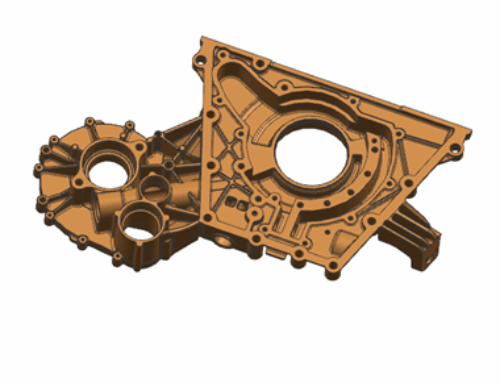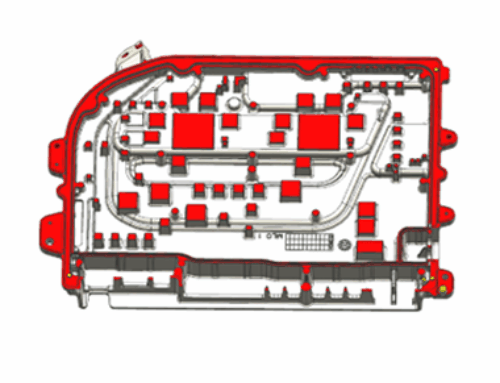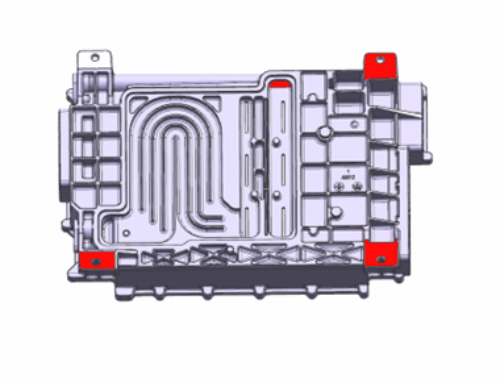As aCatTech, specializing in high-pressure die casting molds and casting production for the automotive sector, we have gained profound insights through years of practice that scuffing and heat checking are common and challenging issues in high-pressure die casting mold production.
These issues not only affect casting quality but also shorten mold lifespan and increase production costs. Based on our experience, we will elaborate on the causes, prevention strategies, emergency treatment, and lifespan restoration solutions for these two major issues, and provide professional recommendations.
In the high-pressure die casting production of automotive components, mold scuffing is a frequent issue encountered by aCatTech. Through extensive practical summary, we have identified the main causes as follows.
Core Cause Analysis of Scuffing Issues
In our production practice, we have repeatedly encountered scuffing caused by mold design flaws. For example, insufficient draft angles (less than the industry standard of 3°, or even negative draft angles) directly lead to significantly increased ejection resistance, thereby causing scuffing. When cavity surface roughness exceeds standards (Ra > 0.8μm), micro-protrusions form mechanical interlocking points, resulting in scuffing during ejection. Improper fit clearance of inserts/slides—clearance < 0.02mm easily causes extrusion scuffing, while clearance > 0.1mm leads to flash tearing and subsequent scuffing.
- Material and Processing Issues
We have found that insufficient die steel hardness (HRC < 46) accelerates surface wear, easily forming erosion grooves and causing scuffing. Improper heat treatment leading to surface decarburization reduces the mold’s anti-adhesion properties, increasing the likelihood of scuffing. Additionally, unpolished EDM (Electrical Discharge Machining) surfaces leave residual discharge erosion marks, which serve as starting points for scuffing—this has been repeatedly verified in our production.
- Improper Process Parameters and Maintenance
Excessively high injection speeds (> 50m/s) cause molten metal to scour the cavity at high speed, resulting in surface damage and subsequent scuffing. Uneven or ineffective release agent spraying leads to local lubrication loss, causing sticking and scuffing. Insufficient mold preheating (< 150℃) exacerbates cooling shrinkage of molten metal, increasing ejection resistance and scuffing risks.





